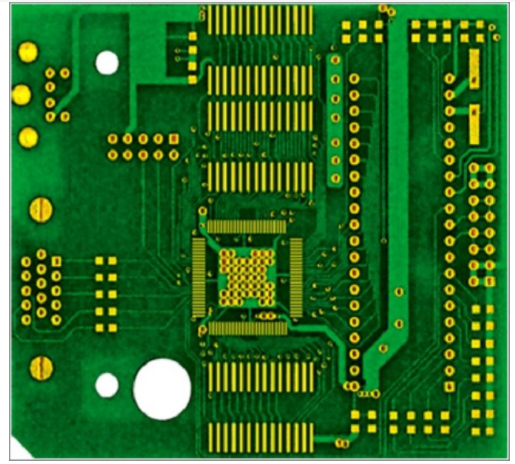How to prevent noise in PCB design? Can you briefly explain the coupling effect?
There are many ways to prevent noise in electrical products. For digital signals, it is not that noise is not allowed, but the circuit structure should be designed to produce an allowable level of noise, that is, the range where the signal can be identified.
As far as the coaxial cable used by cable TV is concerned, it uses single-core copper wire for signal transmission, but it is covered with a metal mesh for noise shielding as an example of noise prevention. This idea appears in many PCBA processing designs, for example: embed the signal line in the circuit board, and use a large copper surface to protect the transmission signal to avoid noise interference. Some special designs of circuit boards also have similar functions. For example, some products are coated with a layer of conductive paste on the solder resist to shield the noise. These are typical examples of preventing noise. Noise is everywhere, but it must be less than the allowable range of product design. This is the point.

Coupling effect (Coupling) refers to the influence of two parallel lines due to the interaction of electromagnetic induction, which will cause changes in the transmission signal. When the electric field changes, according to "Lenz's law", the line environment will have a magnetic field that prevents the electric field from changing, and this magnetic field will definitely have an electrical impact on another adjacent line. This mutual influence relationship is the so-called "coupling effect." Detailed descriptions can be found in books on electrical design and electrical and electronic principles, and there are many such books in Quanhua Science and Technology Books for reference.
The quality of the signal in the Fu transmission line (including the signal line, the dielectric layer and the ground layer) is mainly based on the working voltage and rise time of the square wave front edge. When the quality of the transmission line is poor, the signal will bounce, scatter, and leak out, forming a signal antenna (Signal Attenuation/dB per cm) effect. Therefore, the thickness and width of the signal line, the thickness and Dk of the dielectric layer (non-absorbent, because the Dk of water is 75), and the integrity of the grounding copper surface should be accurately grasped.
iPCB is a high-tech manufacturing enterprise focusing on the development and production of high-precision PCBs. iPCB is happy to be your business partner. Our business goal is to become the most professional prototyping PCB manufacturer in the world. Mainly focus on microwave high frequency PCB, high frequency mixed pressure, ultra-high multi-layer IC testing, from 1+ to 6+ HDI, Anylayer HDI, IC Substrate, IC test board, rigid flexible PCB, ordinary multi-layer FR4 PCB, etc. Products are widely used in industry 4.0, communications, industrial control, digital, power, computers, automobiles, medical, aerospace, instrumentation, Internet of Things and other fields.